Linux on Mars: 17 flights later
We catch up with the team who’ve successfully piloted a Linux-powered drone on Mars
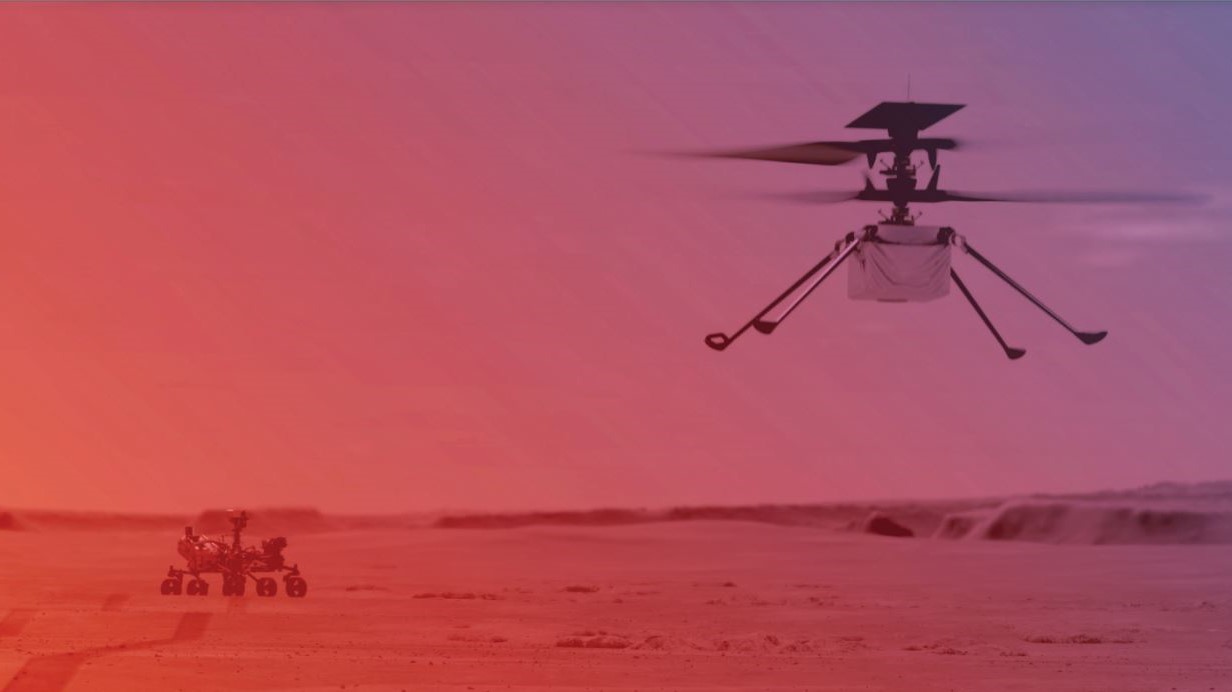
Last year was a big year for Linux, as the operating system (OS) played a critical role in a major achievement: the first-ever powered flight on another planet. On 19 April last year, the Ingenuity drone – or “Mars Helicopter”, as NASA calls it – took to the skies of Mars. Under the hood, the on-board computer was running Linux.
Last year, we spoke with Tim Canham, the software and operations lead on the project, who shared with us details of how the helicopter works. Now, a staggering 17 successful flights later, we thought it was time to check in on the helicopter’s progress.
“The helicopter has exceeded our expectations,” says Canham. “It's lived far longer, it's been able to outperform what we thought it could and it has stayed healthy. And we're still continuing to plan these flights well into the future.”
He’s particularly pleased with the thermal performance, as the Martian atmosphere makes it harder to dissipate heat. The helicopter, though, has proven itself more resilient than expected. “The first 30 Sols [Martian days] were ‘can it actually fly under control and survive?’,” he said. “After that, [NASA’s Mars rover team] said, ‘Well, why don't you try acting like a scout for us and go ahead of us and take pictures?’.”
The helicopter is now working in tandem with NASA’s surface rover, Perseverance, to explore the Martian landscape. That’s enabling scientists to study challenging terrain in a region of the red planet called Séítah, which would be tricky for Perseverance to navigate alone.
“We did this gonzo flight,” says Canham, “It was like 700 metres or something like that. It was a three-minute flight.” This is much further and far longer than had been expected, as the team had previously estimated the helicopter might only be capable of 90 seconds of flying time at most.
Linux’s flying colours
RELATED RESOURCE
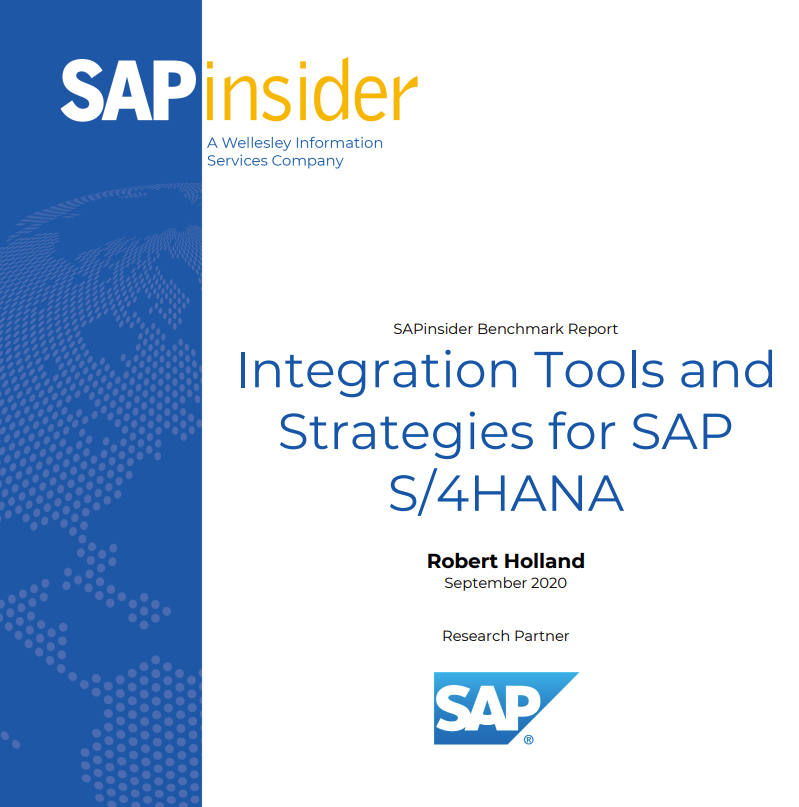
Integration tools and strategies for SAP S/4HANA
Tackling some of the world's greatest technology challenges
In terms of the software, Canham is very pleased with how Linux has been performing. The only blip was last May, when the navigation software experienced an error that sent the helicopter off course, but Canham’s team were able to diagnose the problem and upload a patch.
Get the ITPro daily newsletter
Sign up today and you will receive a free copy of our Future Focus 2025 report - the leading guidance on AI, cybersecurity and other IT challenges as per 700+ senior executives
The team has also been able to improve communications with the rover, which takes the helicopter’s data and sends it back to Earth, by using standard Linux tools. “What we've been doing is learning to take advantage of some of the Linux features,” said Canham. “One of the things that has enabled this extended mission is that modest little utility Bzip. It's a compression utility that's part of Linux and it's on the helicopter as part of the standard set of tools that we put on there.”
“After flights, we have these large engineering logs of the flight data and normally, if we just took them uncompressed and sent them over the radio to the rover, it would take a long time. And so what we've been doing… is after we generate those files, we actually just run Bzip compression on the command line and compress those files down to about half their size, and then ship them over to the rover. And that saves us a lot of time and energy that we otherwise would spend talking on the radio.”
Is this proof that Linux is ready for bigger, future missions? Could future Mars rovers and rockets use Linux too? “I don't think it's there yet,” said Canham. “JPL and NASA classify their missions and in terms of how much risk they're willing to accept, and helicopter is what they call a Class D technology demonstration, in which they're willing to accept a lot more risk. That's why they even let us in the door.”
“It's difficult to make that leap, because there's so much at stake during something like entry, descent, landing, where you're trying to land a $2 billion spacecraft.”
Canham does, however, think helicopter’s success is good news for the future of Linux in space. “I think it's definitely increased its prestige, because of the visibility of the helicopter. And the fact that it's doing as well as it has, it's definitely gotten the attention and notice of people at NASA, [so] there's a real path forward for Linux.”
-
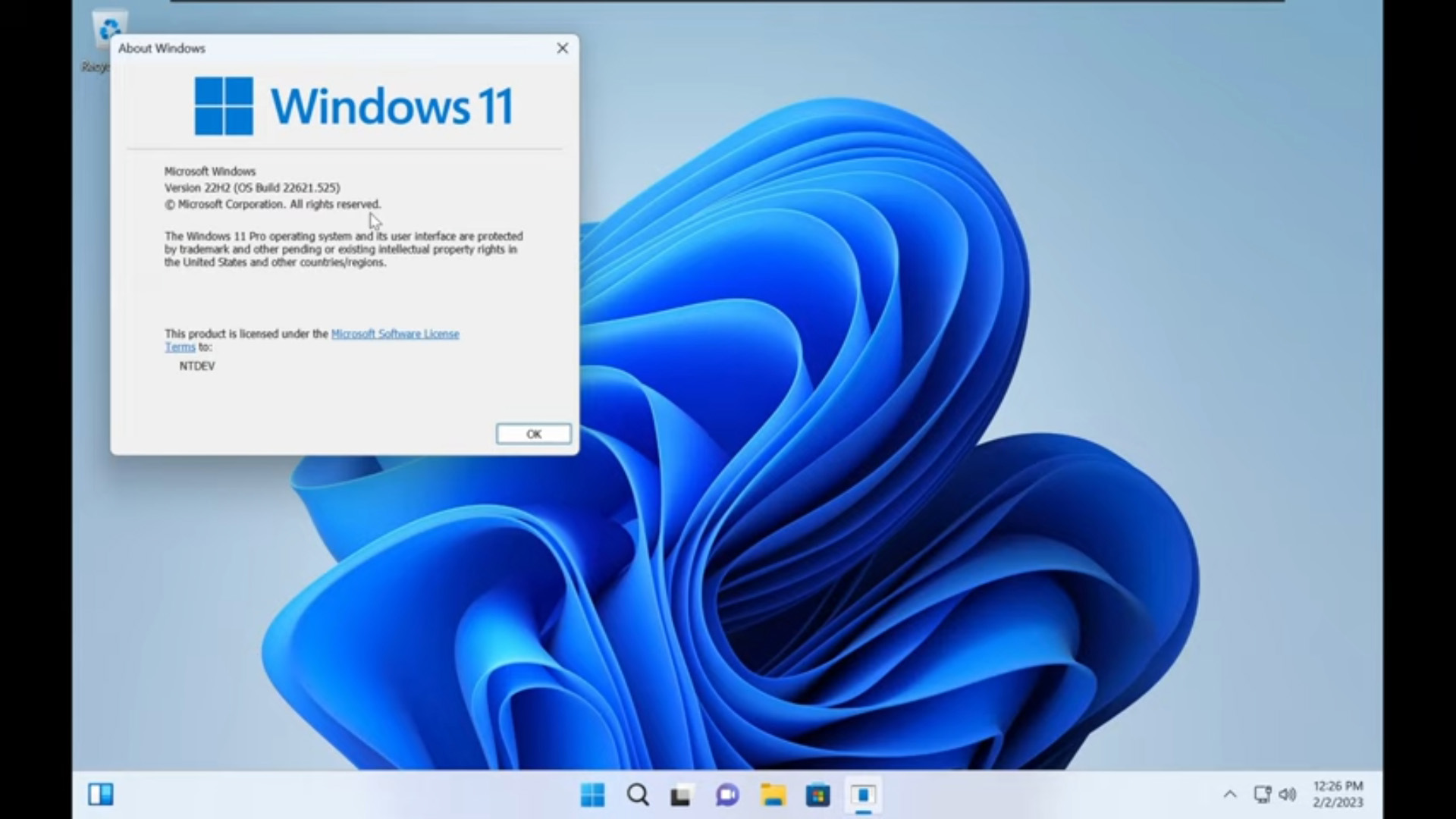 Tiny11 review: Windows 11 with only 2GB of RAM
Tiny11 review: Windows 11 with only 2GB of RAMReview A version of Windows 11 for older machines that don't meet the full requirements
By Nik Rawlinson
-
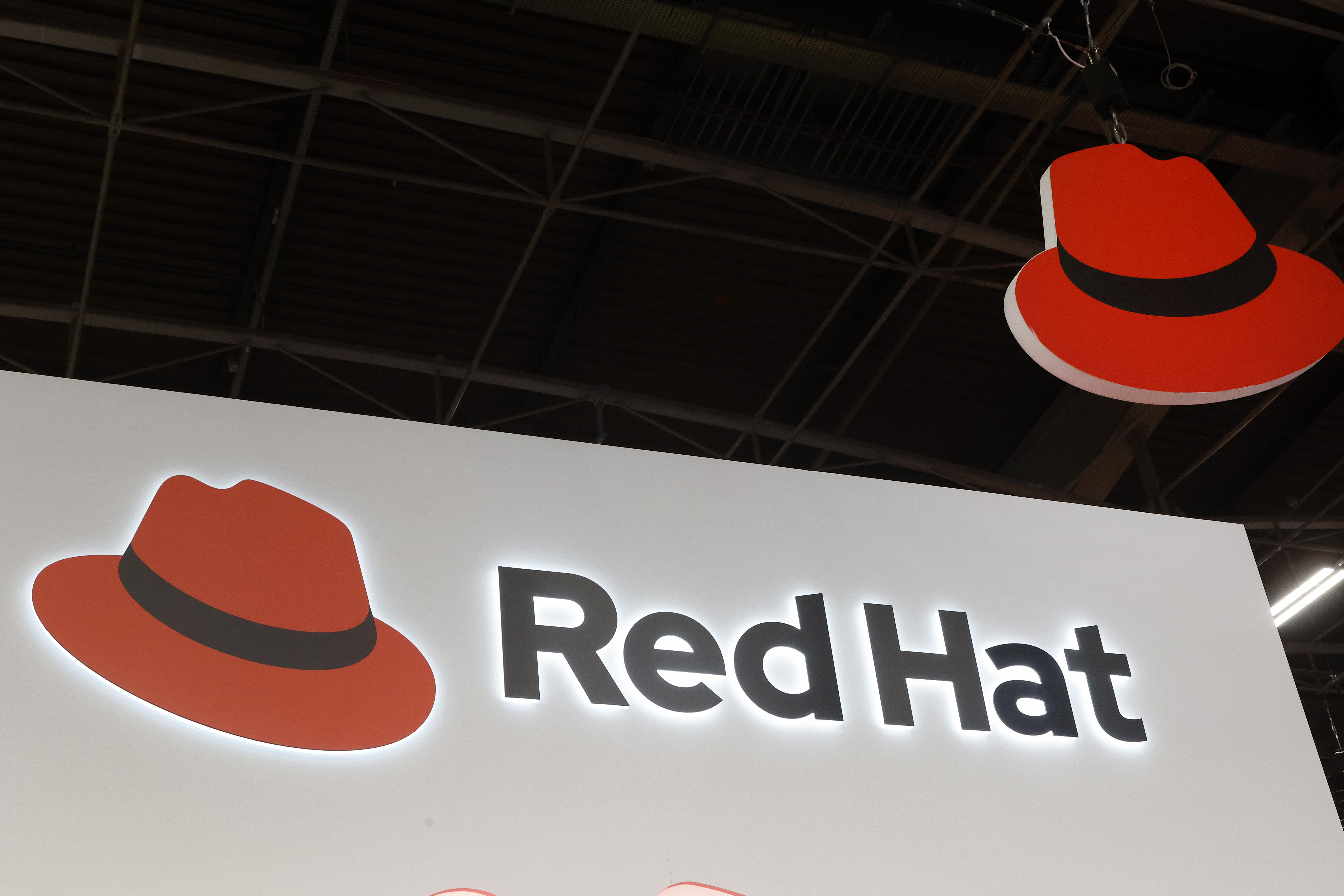 Red Hat Enterprise Linux becomes foundational operating system for Cohesity Data Cloud
Red Hat Enterprise Linux becomes foundational operating system for Cohesity Data CloudNews New strategic partnership between Red Hat and Cohesity aims to drive innovation in the data security and management space
By Daniel Todd
-
 Ubuntu shifts to four-week update cycle
Ubuntu shifts to four-week update cycleNews Critical fixes will also come every two weeks, mitigating the issues involved with releasing prompt patches on the old three-week cadence
By Richard Speed
-
 AlmaLinux follows Oracle in ditching RHEL compatibility
AlmaLinux follows Oracle in ditching RHEL compatibilityNews Application binary compatibility is now the aim with 1:1 now dropped
By Richard Speed
-
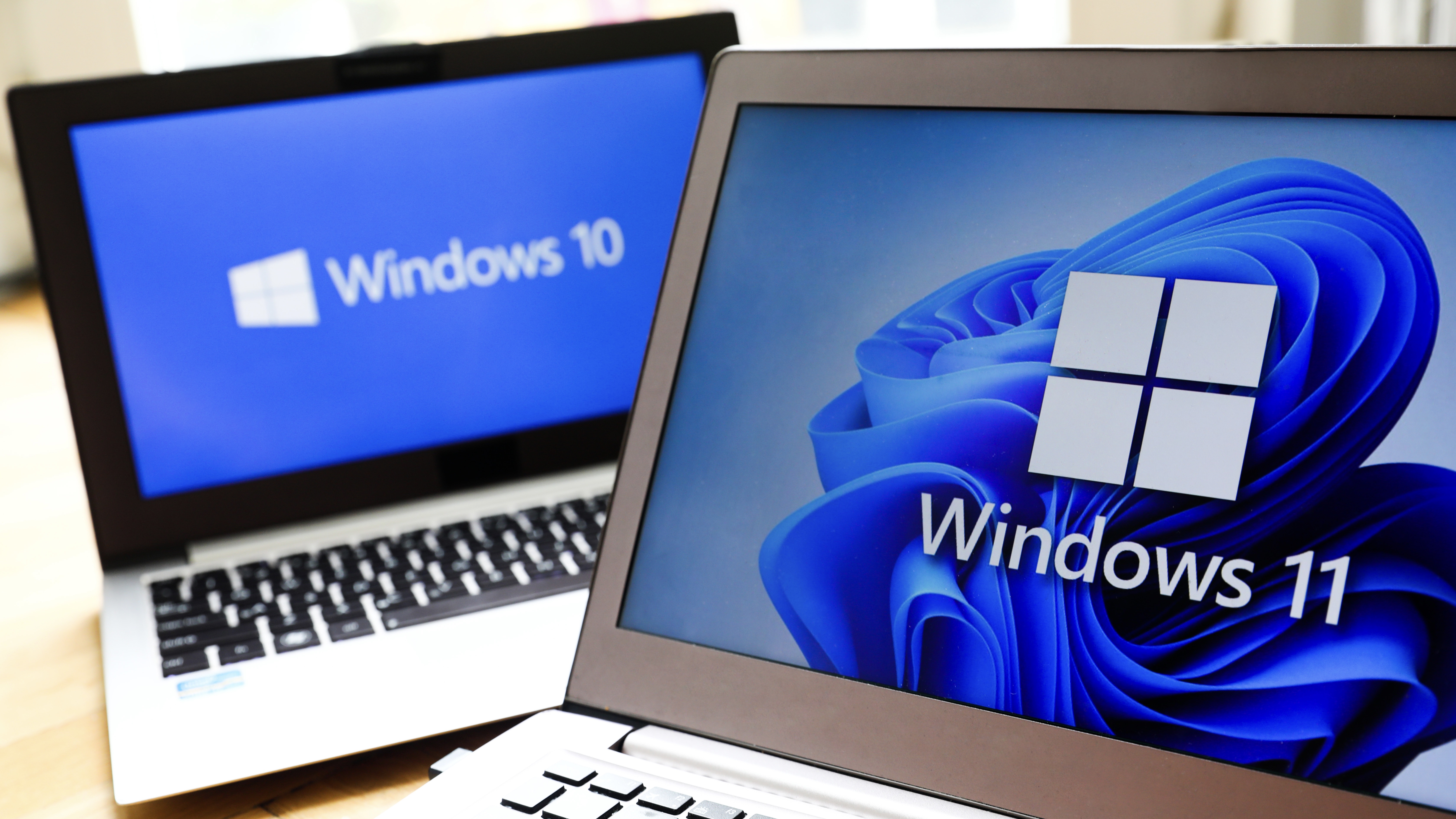 How big is the Windows 10 cliff-edge?
How big is the Windows 10 cliff-edge?ITPro Network With some comparing the upcoming Windows 10 end of life to Windows XP, we ask members of the ITPro Network for their insight
By Jane McCallion
-
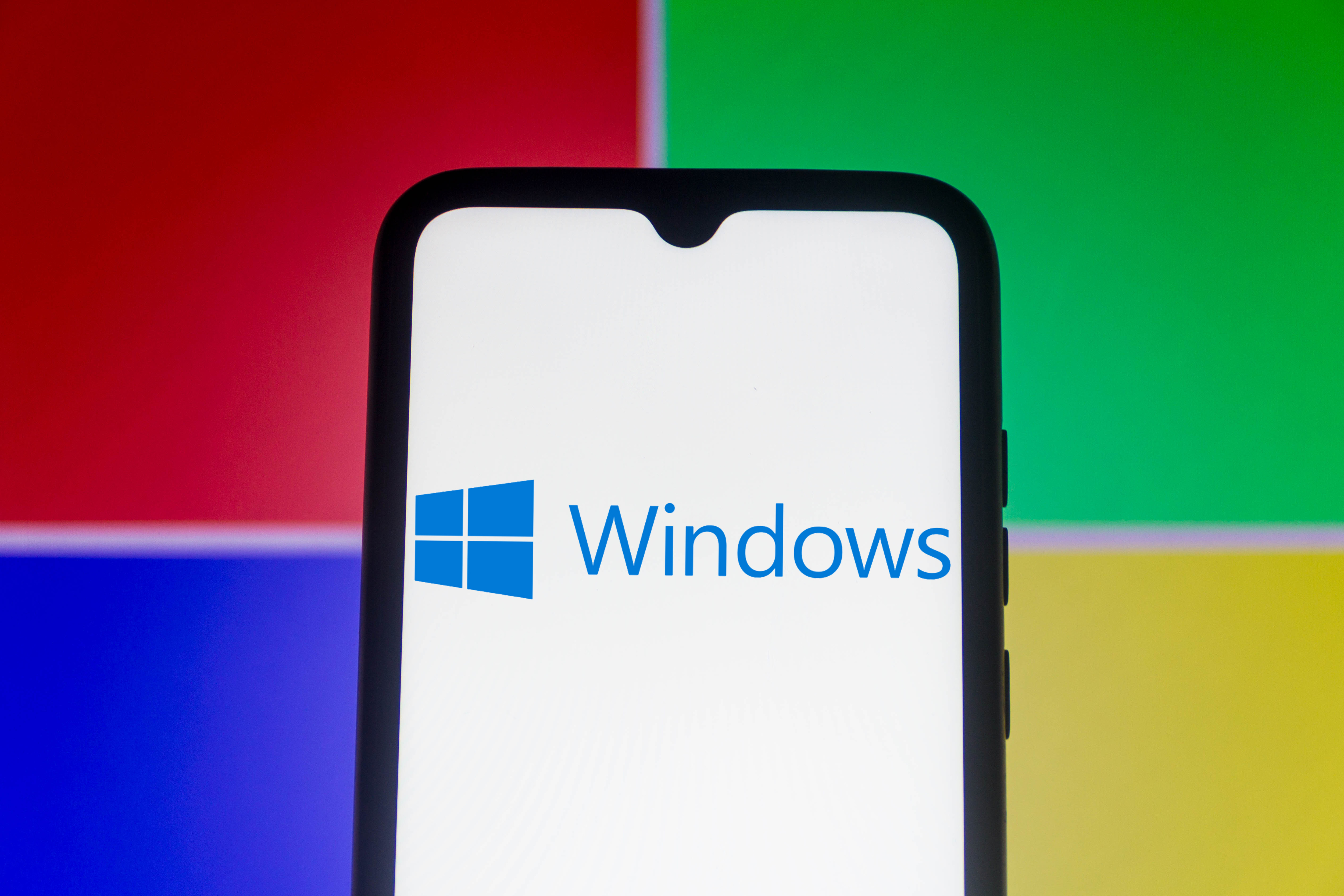 Everything you need to know about the latest Windows 11 updates - from bug fixes to brand-new features
Everything you need to know about the latest Windows 11 updates - from bug fixes to brand-new featuresNews Two new cumulative updates are on the way and will be installed automatically on Windows 10 and Windows 11 machines
By Rory Bathgate
-
 How to download a Windows 11 ISO file and perform a clean install
How to download a Windows 11 ISO file and perform a clean installTutorial Use a Windows 11 ISO to install the operating system afresh
By John Loeppky
-
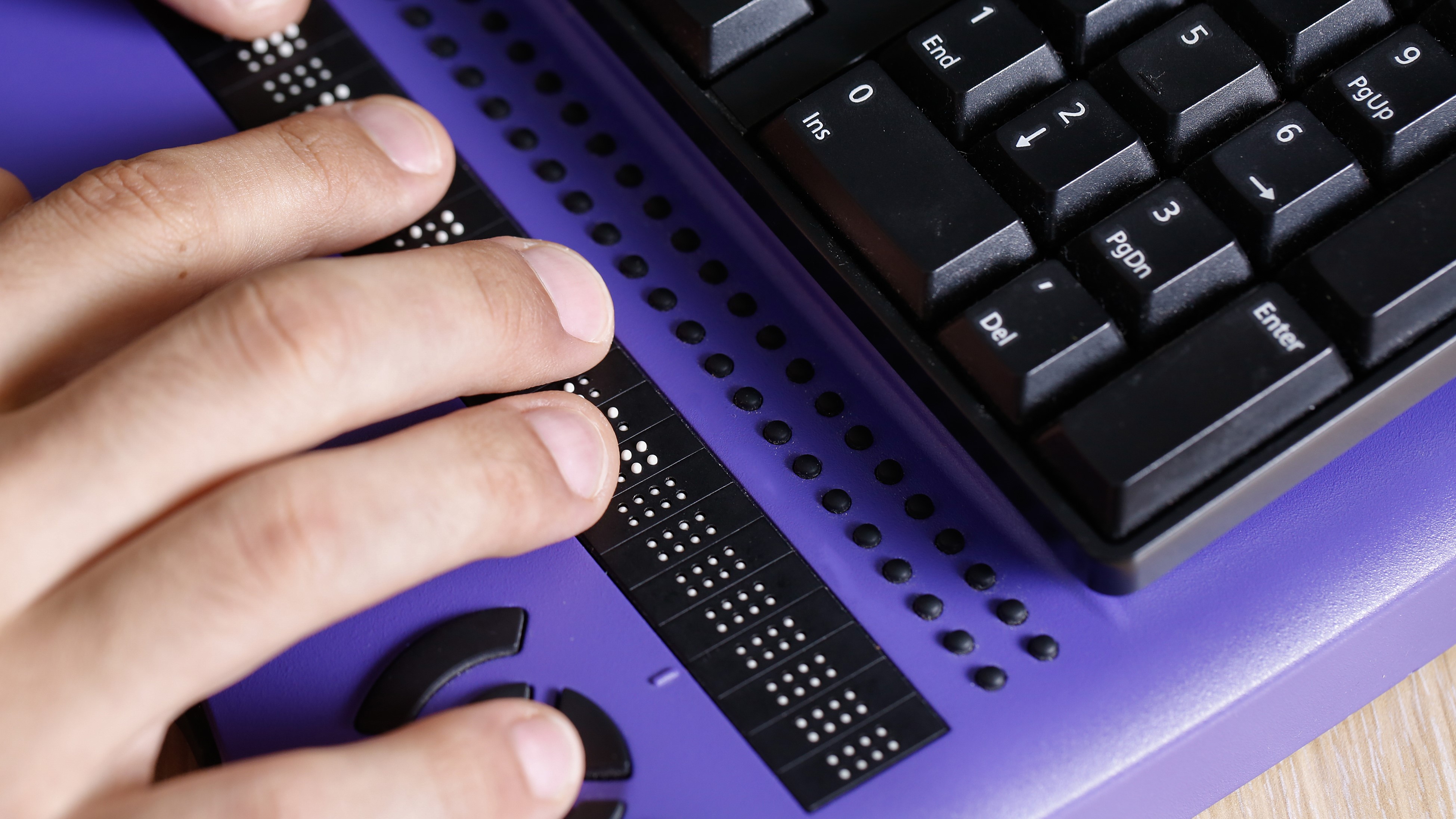 We could all benefit from better Windows and macOS accessibility features
We could all benefit from better Windows and macOS accessibility featuresOpinion Today’s accessibility features can help you work through a nasty injury, but there’s still plenty of room for improvement
By Barry Collins

